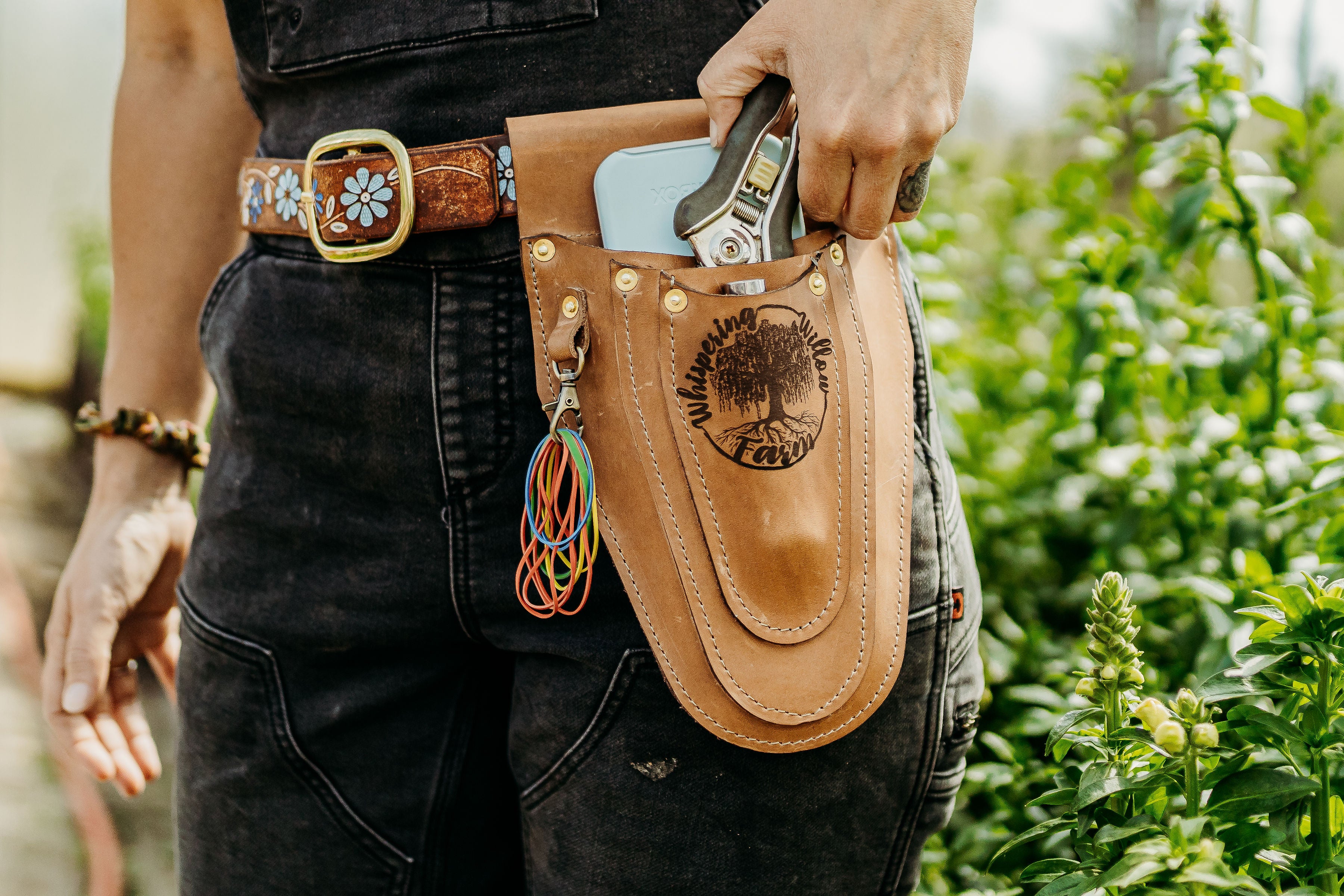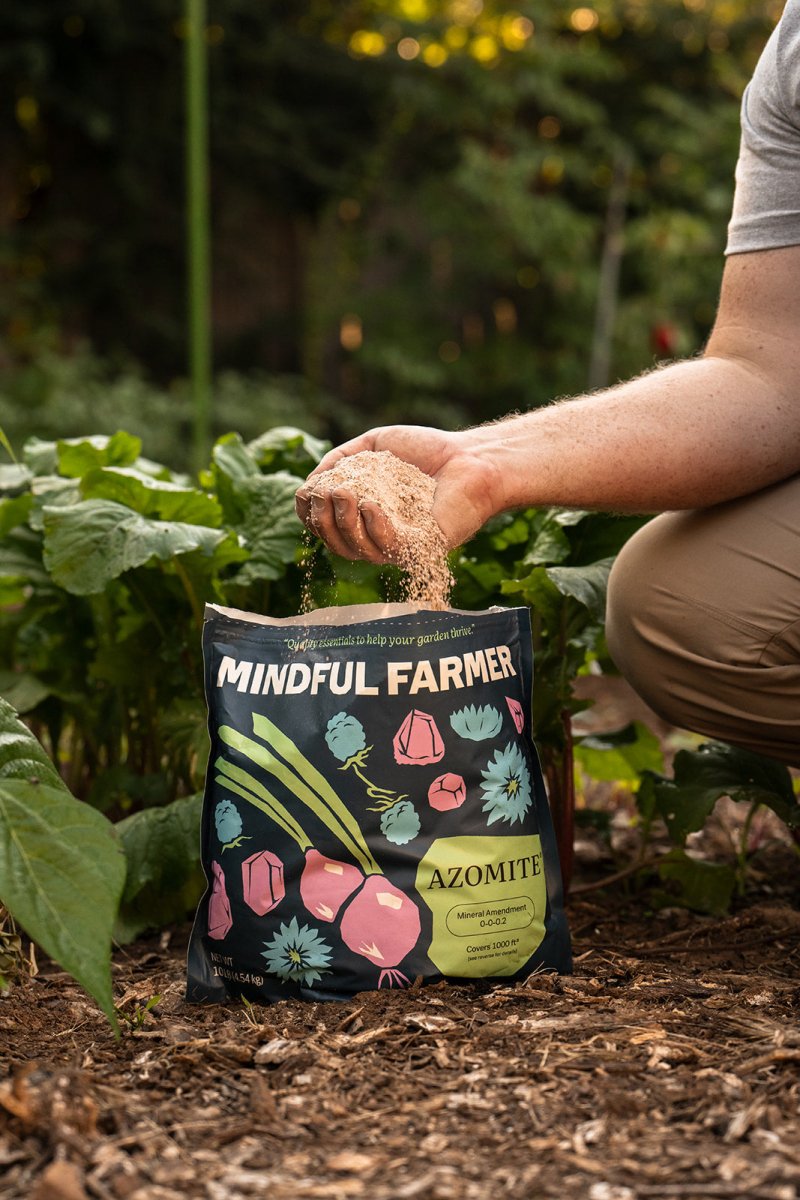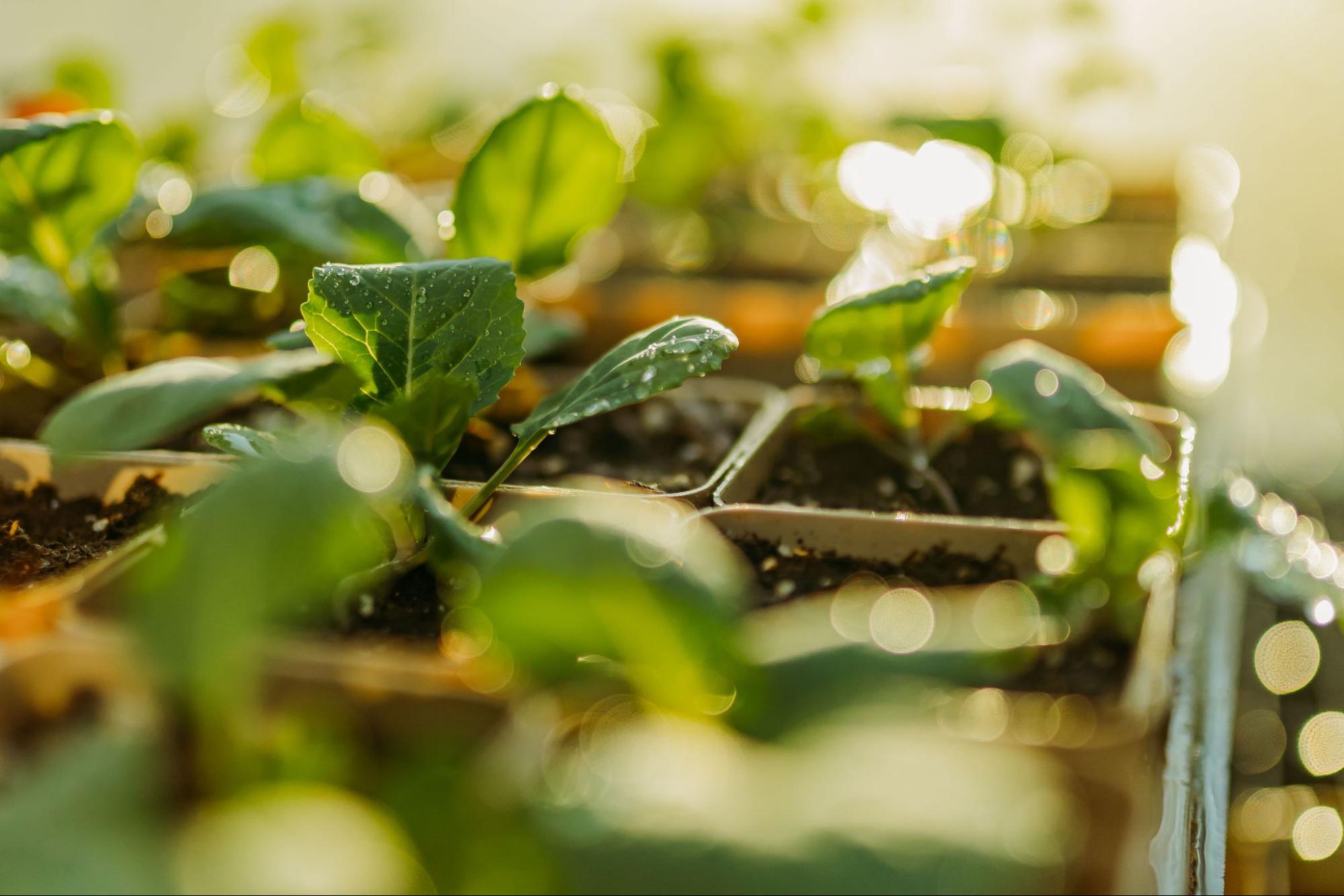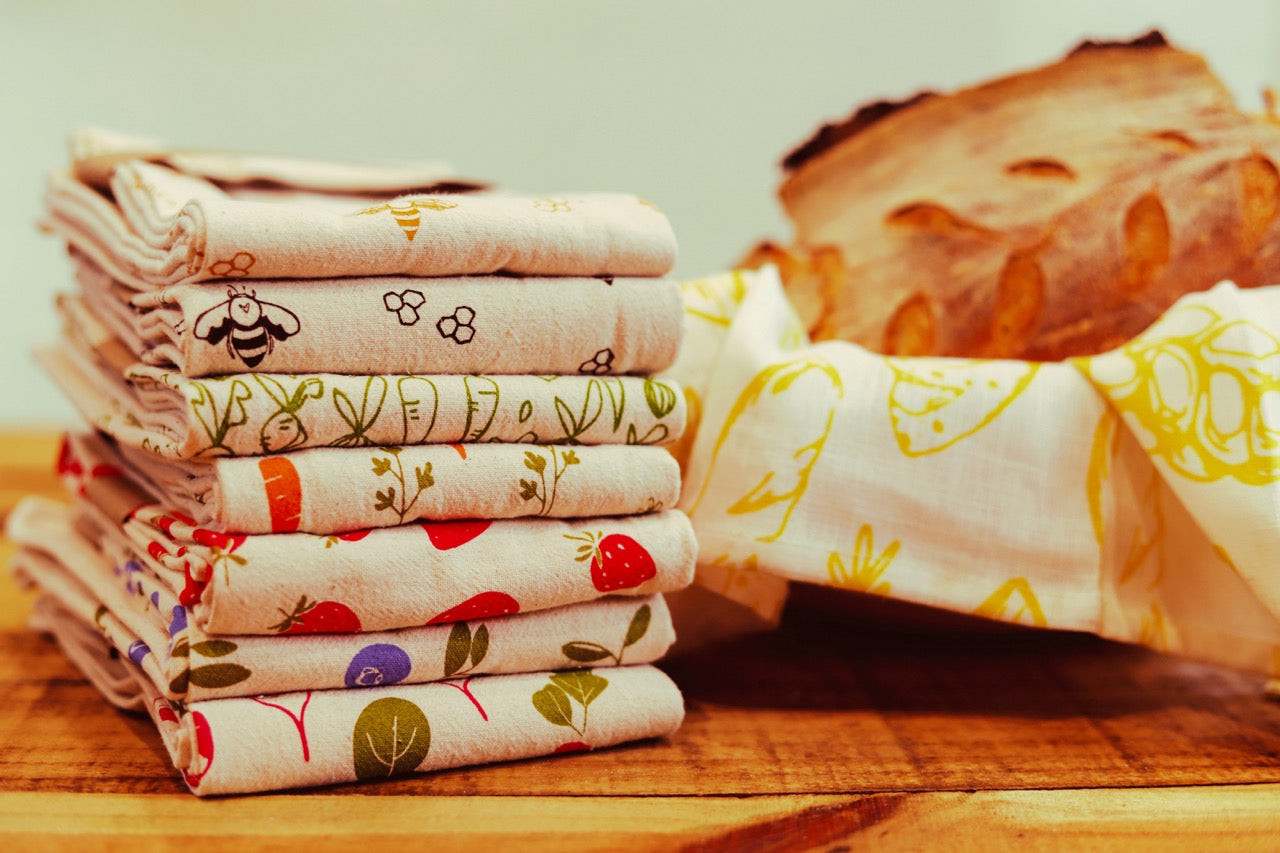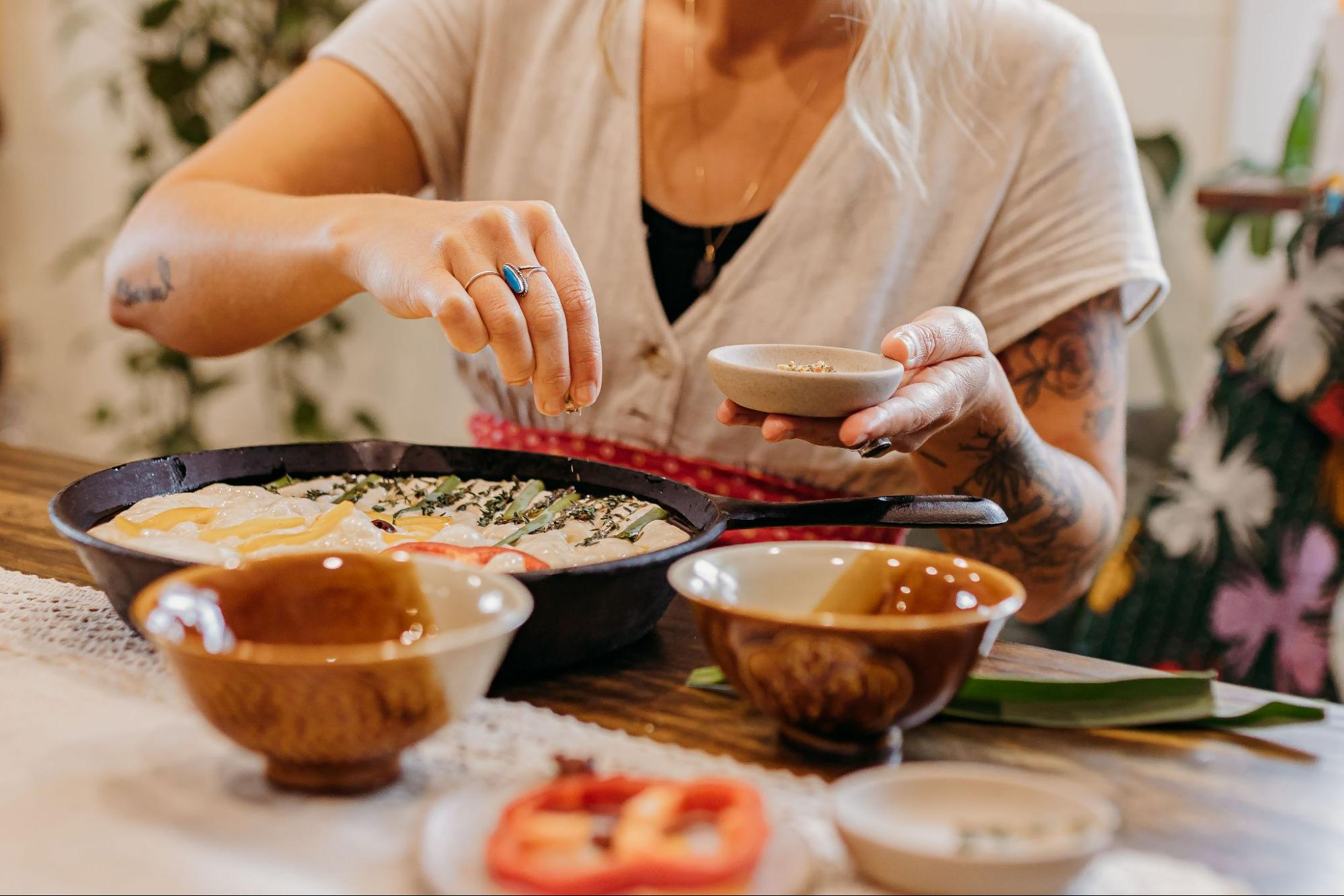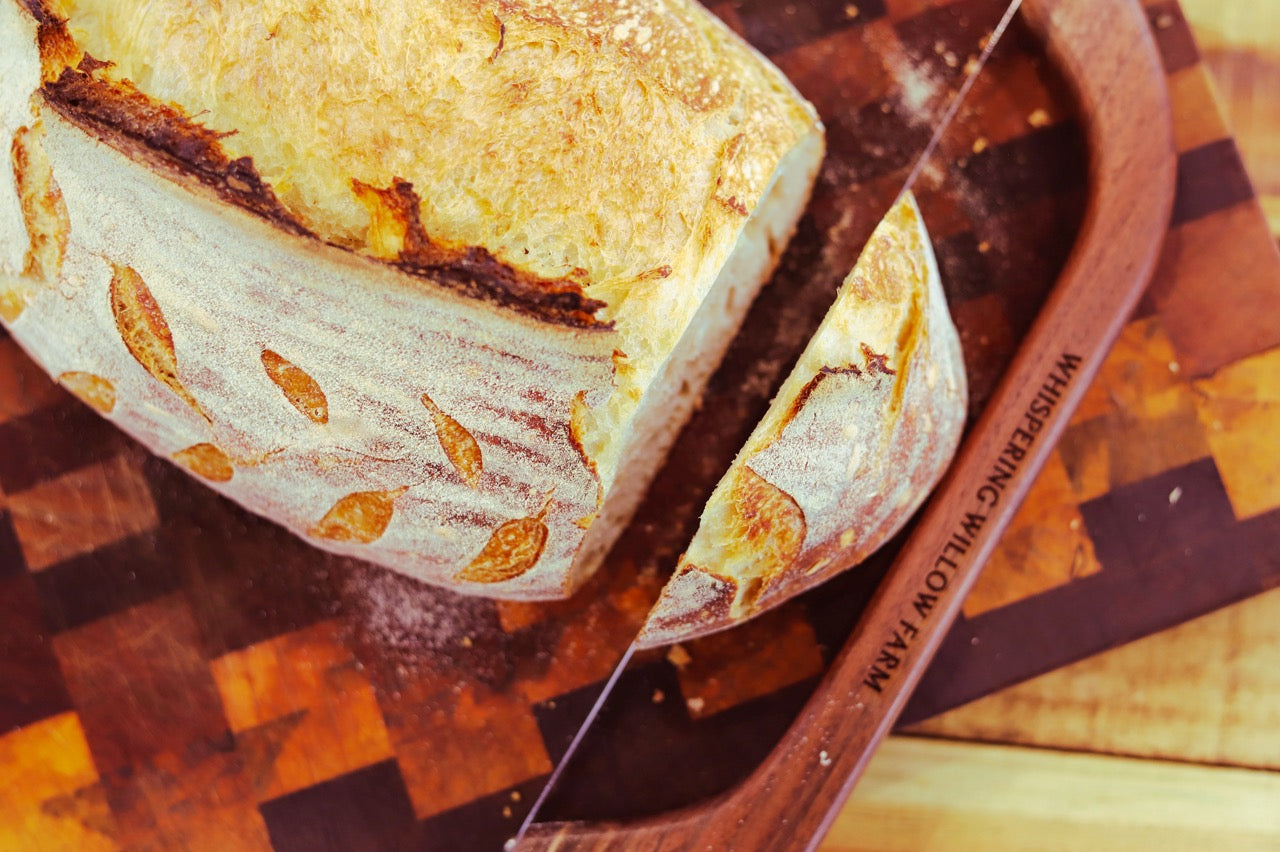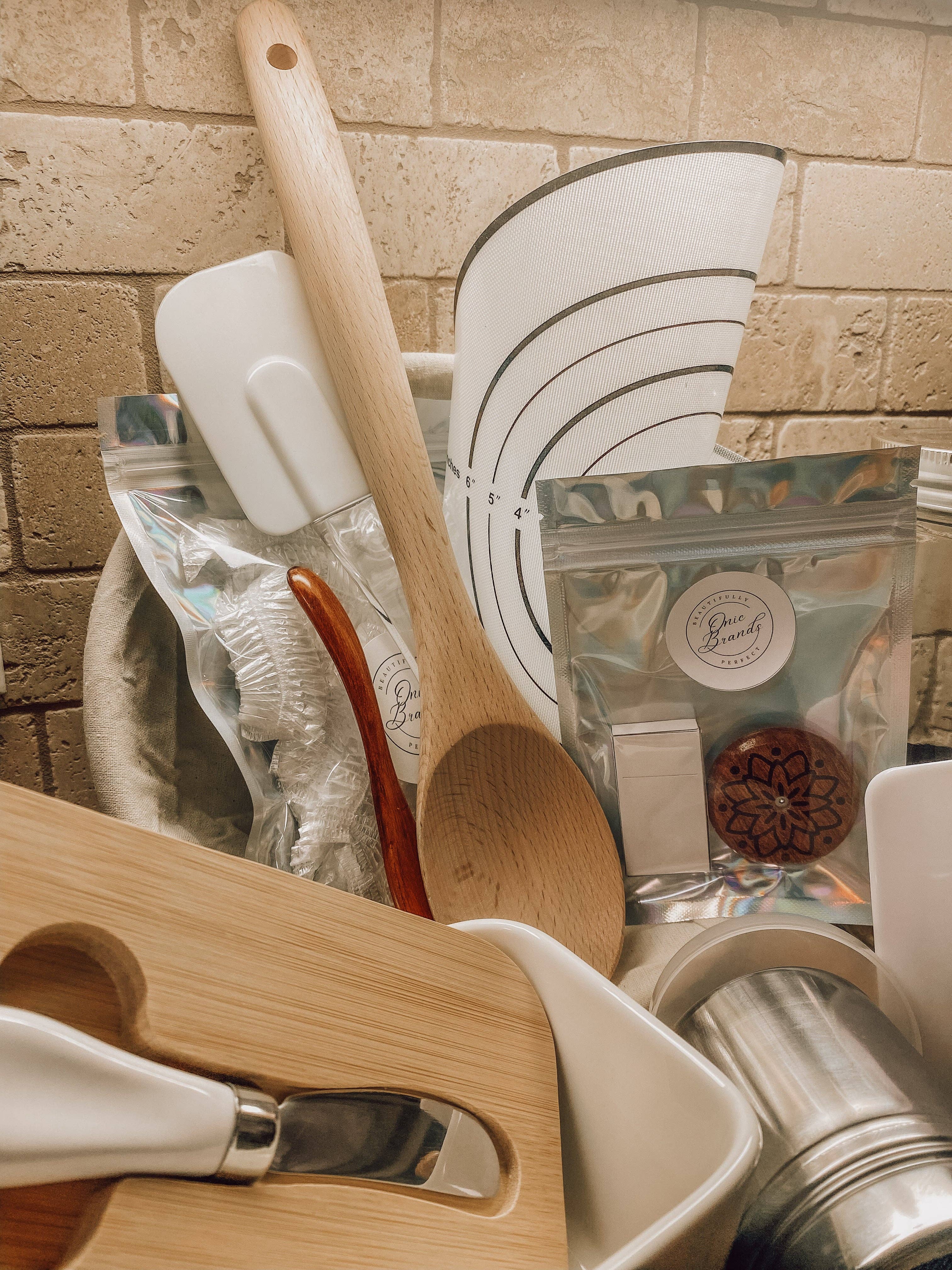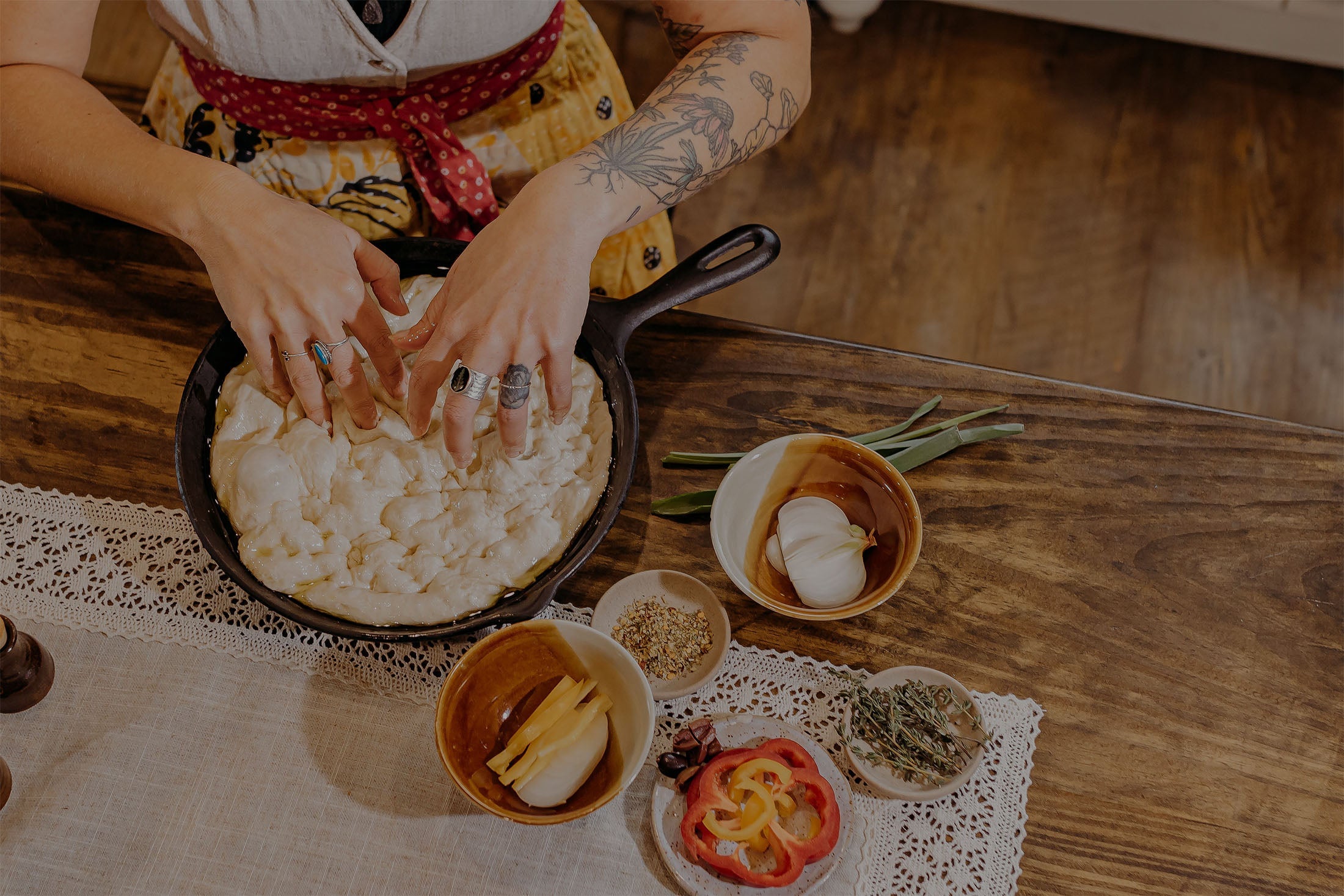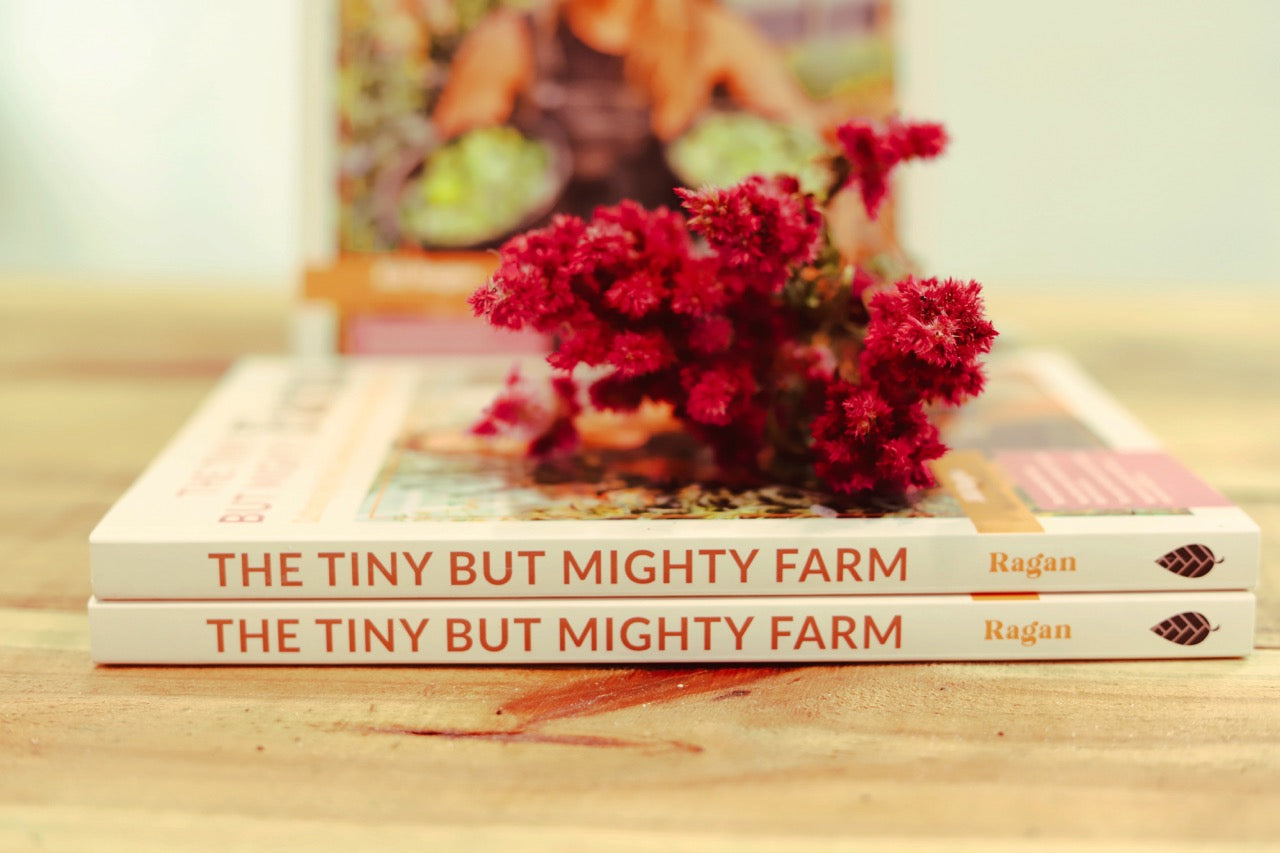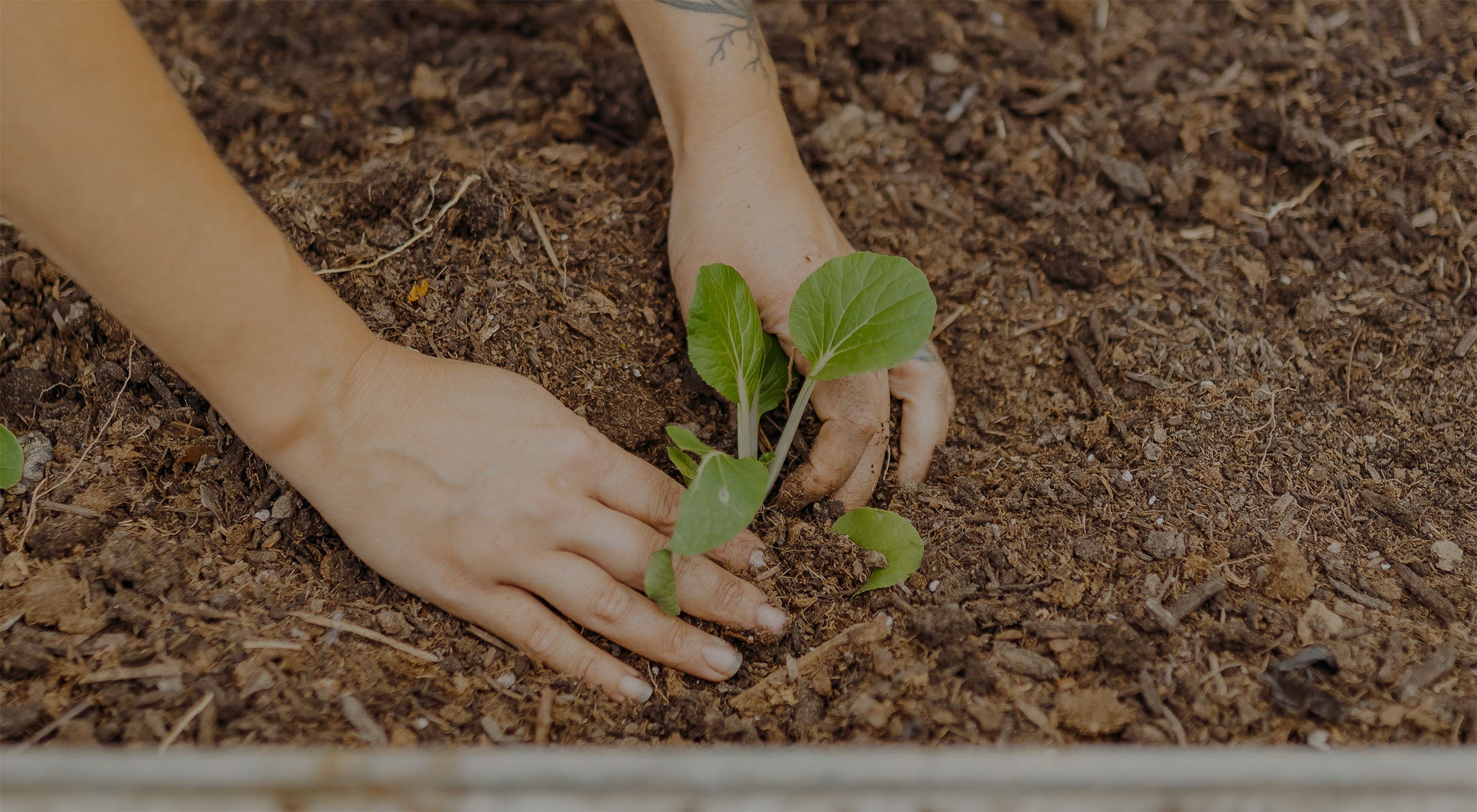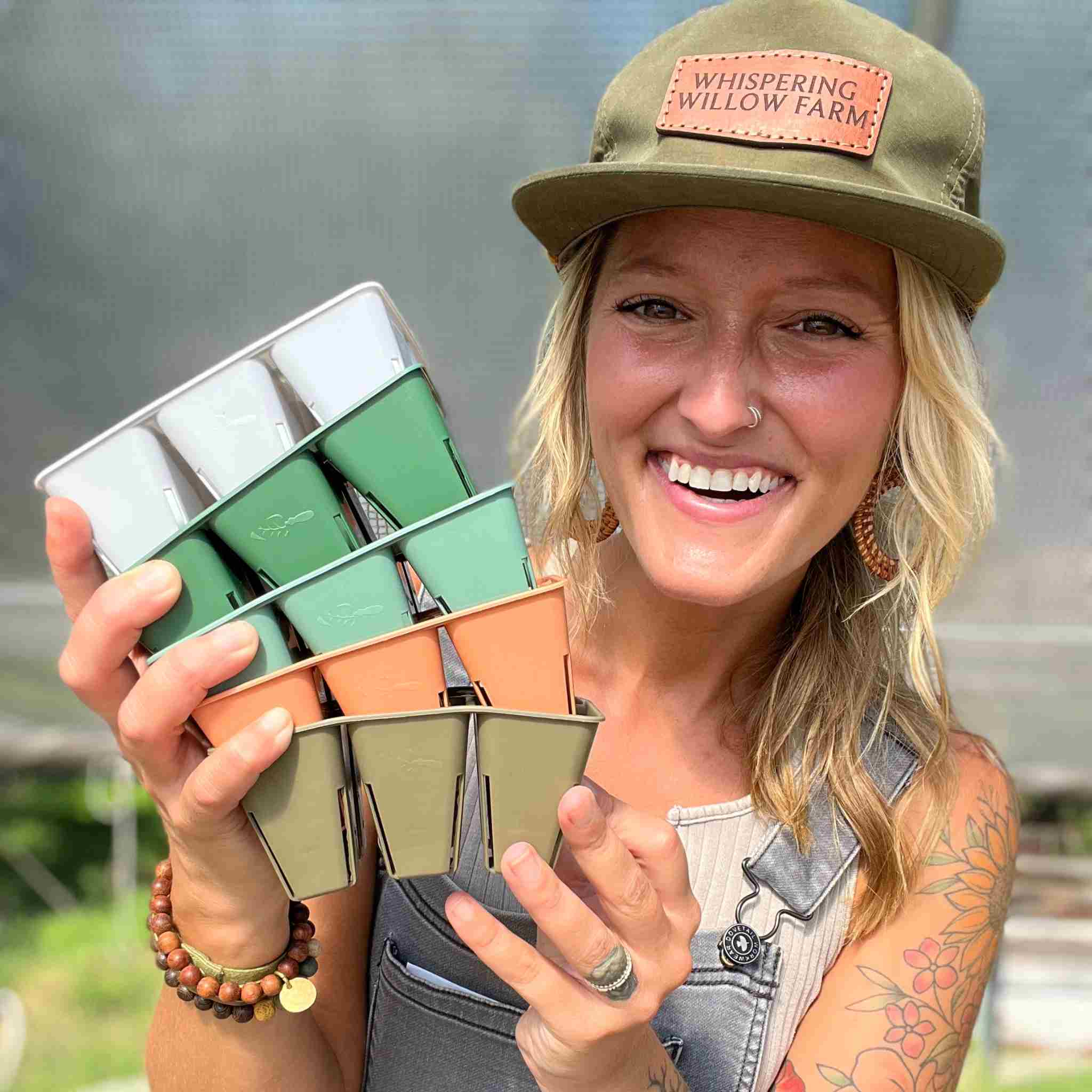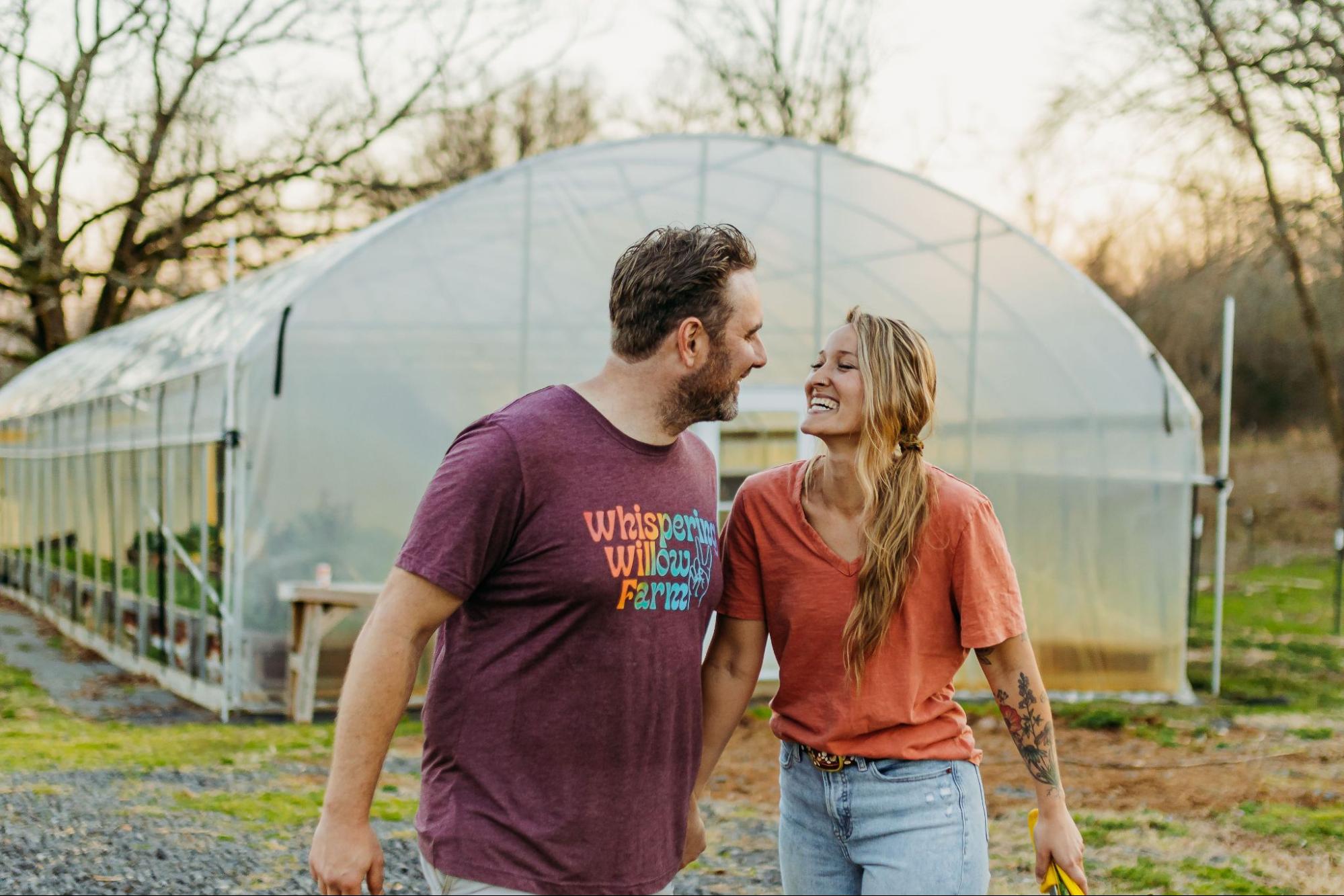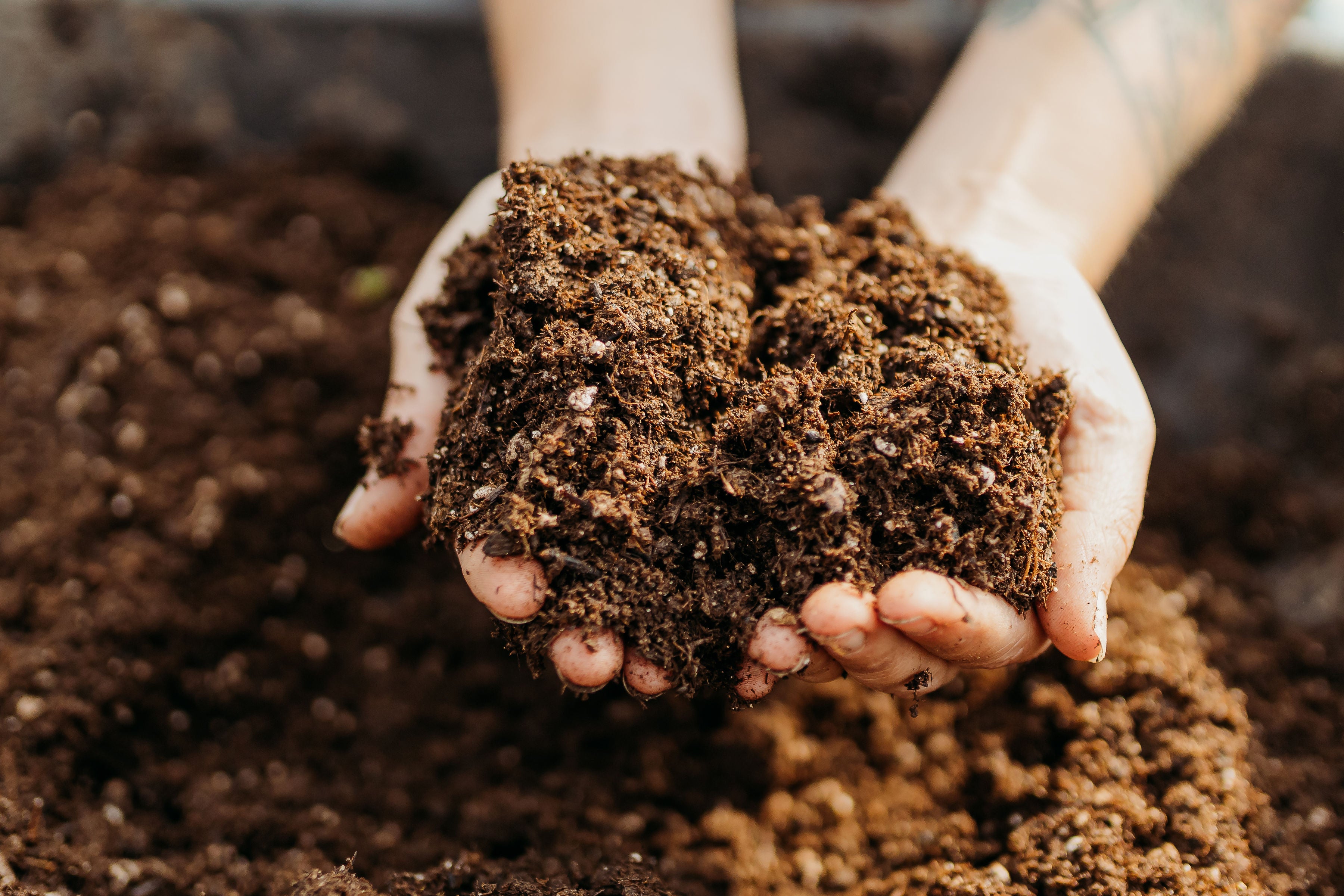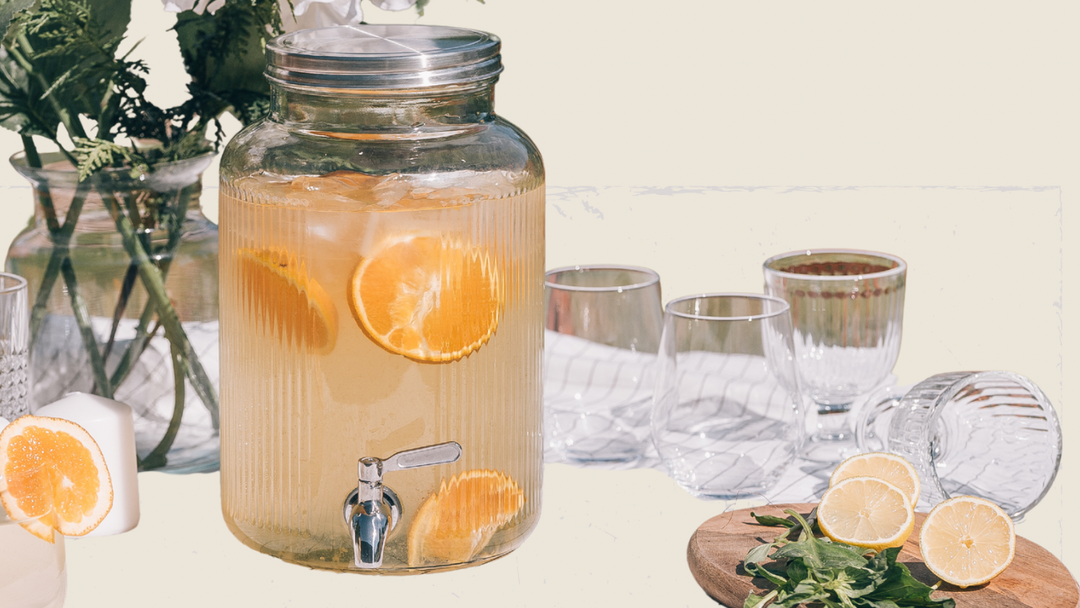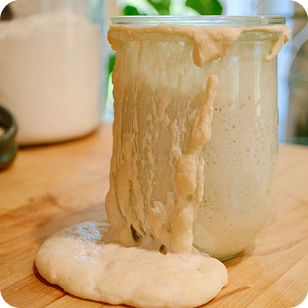Today, I'm excited to dive into soil blockers – those nifty tools that can revolutionize your seed starting game. I often get asked about soil blockers, from what they are to how to troubleshoot common issues. In this guide, I'll cover everything you need to know to become a soil-blocking pro. Let's get started!

Meet Our Soil Blockers:
At Whispering Willow Farm, we have several soil blockers in our arsenal. The Handheld Mini 20, Handheld Four, and Stand-Up models like the Stand-Up 12 and Stand-Up 35 are our most commonly used. Each serves a unique purpose, but the Mini 20 is our go-to for starting seedlings.



Making a Soil Block:
Creating a soil block is simpler than you might think. Start with high-quality soil, a mix of peat moss, perlite, limestone, and other components. Break up any large clumps or bark chunks, ensuring a fine, fluffy texture. The key is achieving a soupy consistency when adding water. Mix it well, maintaining a balance between moisture and structure.

Soil Block Troubleshooting:
If you've faced challenges with soil blocks before, the culprit is likely soil quality and watering. Opt for a soil mix without clumps or debris. Ensure your soil is moist enough during the block-making process – think soupy! This prevents blocks from falling apart. If cracking occurs, it's a sign of insufficient moisture; adjust accordingly.
Container Choices:
Choosing the right container is crucial for maintaining soil block integrity. We prefer using deep 1020 mesh trays from Bootstrap Farmer. Placing a mesh tray inside a solid 1020 tray creates a perfect bottom-watering system. This ensures that the soil blocks stay intact, even as you water.
Up-Potting:
When to up-pot your seedlings depends on the plant type. For tomatoes, up-pot when the first true leaves appear. Observing root growth and maintaining healthy plants guide the up-potting decision. The benefits include providing fresh nutrients and avoiding deficiencies that may arise in larger pots.

Bottom-Watering Technique:
Bottom watering is a game-changer for soil blocks. It prevents the soil from washing away and maintains block structure. By using mesh trays with holes, water seeps through, reaching the blocks' roots without compromising their integrity.
Comparing Methods:
Soil blocking is just one method among many. Consider your time constraints and preferences. If up-potting seems too time-consuming, explore alternatives like larger soil blocks or air pruning trays. Find what works best for your unique gardening style.
And there you have it – a comprehensive guide to soil blocking! Don't let the initial complexity deter you. With quality soil, proper watering, and the right containers, soil blocking becomes a breeze. Experiment, find your rhythm, and watch your seedlings thrive.
